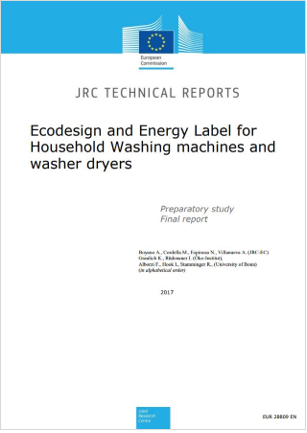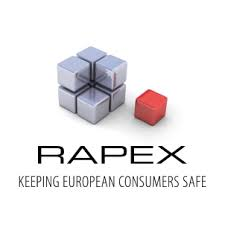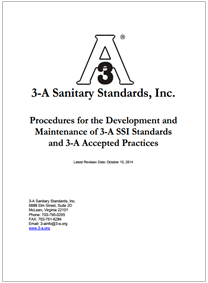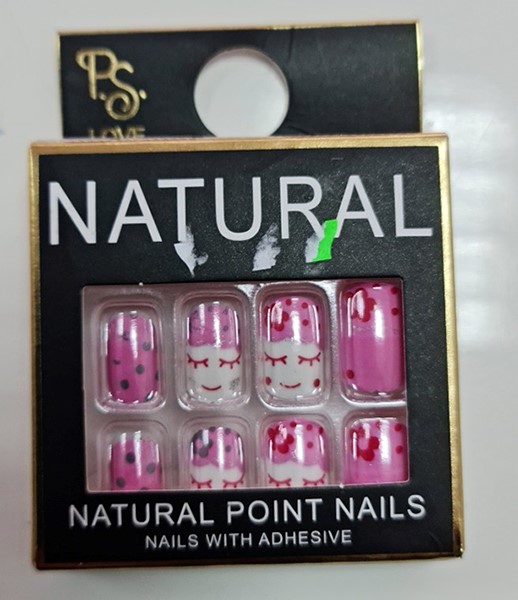
Ecodesign etichettatura energetica lavatrici e lavastoviglie
JRC 2017 Preparatory study - Final report
Ecodesign and Energy Label for Household Washing machines and washer dryers
The Directive 2009/125/EC on Ecodesign establishes a framework for EU Ecodesign requirements for energy-related proiducts with a significant potential for reduction of energy consumption. The implementation of such requirements would contribute to reach the target of saving 20% of primary energy by 2020 as identified in the Commission's Communications on Energy 2020 (European Commission 2010c) and on the Energy Efficiency Plan 2011 (European Commission 2011). Ecodesign measures can be reinforced also through the Directive 2010/30/EU (currently under revision) on the indication by labelling and standard product information of the consumption of energy and other resources by energy-related products.
The European Commission has launched the revision of the Ecodesign and Energy-/Resource label implementing measures for the product group 'household Washing Machines (WM) and Washer-Dryers (WD)'.
The revision study is coordinated by the European Commission's DG Environment and DG Energy, and is undertaken by the Commission´s Joint Research Centre (JRC) with technical support from OekoInstitut and the University of Bonn. The methodology of the revision follows the Commission’s Methodology for the Evaluation of Energy related Products (MEErP) (COWI and VHK 2011), consisting of the following steps:
- Task 1 – Scope definition, standard methods and legislation
- Task 2 – Market analysis
- Task 3 – Analysis of user behaviour and system aspects
- Task 4 – Analysis of technologies
- Task 5 – Environmental and economic assessment of base cases
- Task 6 – Assessment of design options
- Task 7 – Assessment of policy options
The comprehensive analysis of the product group following the steps above is indeed to feed as research evidence basis into the revision of the existing Energy Label Regulation (EC) 1061/2010 (European Commission 2010a) and the Ecodesign Regulation (EC) 1015/2010 on household washing machines (European Commission 2010b), as well as the Energy Label Directive 96/60/EC on household combined washer-dryers (European Commission 1996).
The research has been based on available scientific information and data, following a life-cycle thinking approach and engaging stakeholder experts in order to discuss on key issues and to develop wide consensus.
A set of information of interest included the former preparatory study (the so-called 'ENER Lot 14'), prepared in 2007 (ISIS 2007a) and the resulting regulations on Energy Label and Ecodesign for domestic washing machines. A generic review of the fitness of these policies moreover took place as part of the DG ENER project "Omnibus" (VHK et al. 2014). The Omnibus study identified a number of issues of these regulations where revision is advisable. Against this background, information has been revised, updated and integrated to reflect the current state of play, following the MEErP methodology.
...
Table of contents
List of tables
List of Figures
Acronyms
Introduction
1. Task 1: Scope, legislation and standardisation
1.1. Product Scope
1.2. Legislation and standards for ecodesign, energy efficiency and other performance characteristics
1.3. Legislation, standards and related activities with regard to substances, material and resource efficiency and end-of-life
2. Task 2: Markets
2.1. Generic economic data from official European statistics
2.2. Market, stock, sales and trends
2.3. Consumer expenditure data
2.4. Summary: Markets
3. Task 3: Users
3.1. Consumer behaviour with regard to purchase and use phase
3.2. Results of the 2015 consumer study on clothes washing and drying
3.3. Consumer behaviour with regard to end-of-life
4. Task 4: Technologies
4.1. System aspects of the laundry process - General principles of washing, drying and ironing
4.2. Local infrastructure
4.3. Technical product description
4.4. Improvement options
4.5. Production, distribution and end-of-life
5 Task 5: Environment and economics
5.1 Product specific inputs
5.2 Environmental Impacts of Base-Cases
5.3 Life Cycle Costs of Base-Case
5.4 EU impacts
6 Task 6: Design options
6.1 Options
6.2 Best not yet available (BNAT) design options
6.3 Environmental impacts (results from Ecoreport tool)
6.4 Costs (results from Ecoreport tool)
6.5 Level of integration of specific technologies
7 Task 7: Policy analysis and scenarios
7.1 Stakeholder consultation and policy options
7.2 Current status of household washing machines and washer-dryers in the policy landscape of Ecodesign and Energy labelling
7.3 Policy options related to energy and water consumption for washing machines
7.4 Scenario analysis for washing machines
7.5 Summary of the scenarios for washing machines
7.6 Scenario analysis for washer dryers
7.7 Summary of the scenarios for washer-dryers
8. Annexes
Fonte: Commissione Europea
Correlati:
Allegati
|
Descrizione |
Lingua |
Dimensioni |
Downloads |
 |
|
EN |
18907 kB |
1203 |




































